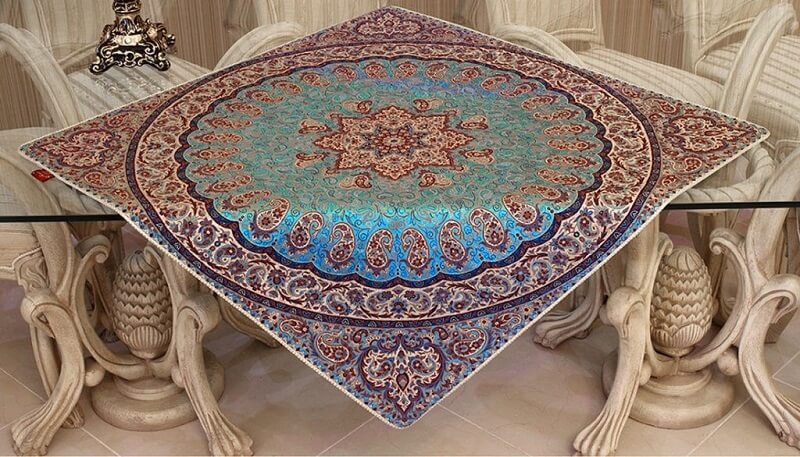
Kurdish Handicrafts
Every city and province of Iran has its own history and their cultural manifestations are also very special and unique. Kurdistan, as one of the provinces of Iran, with the original and ancient Kurdish culture, has been a place for the growth of people’s beliefs and arts in a specific geographical area. Handicrafts of Kurdistan stand out as one of the prominent cultural symbols of this province by using raw materials and methods that are rooted in the culture and history of this province.
Due to the fact that wood is abundantly available in Kurdistan and a large part of the people are engaged in raising livestock, most handicrafts of this province are made of wood, wool, and leather.
Carpets and Rugs
Iranian carpets and rugs are world-famous. Like any other part of Iran, in Kurdistan, too, these Iranian products have their own features in terms of design and texture that are in alignment with the geography of this province. Glimseneh (Seneh rug) is mostly woven in Sanandaj, and its designs being inspired by Herat carpets, it has mostly floral patterns. Most of these motifs have sharp angles, which may be reminiscent of the difficulties of living in mountainous areas.
The motifs used in Kurdish carpets and rugs are usually created ad-lib by the weaver and without any previous design in mind. Therefore, it can be considered a direct impression of nature and the life of the weaver. Such an issue has caused the variety of designs and motifs in Kurdish carpets and rugs to be extremely high such that it is very unlikely to find two similar products.
Kurdish Musical Instruments
Due to their fine natural knots, alder and walnut wood are more widely used by Kurdish artists who produce decorative items, jewelry boxes, walking sticks, etc. Kurdish artists have achieved so much skill in working with wood that Kurdistan is known as one of the most important centers for making musical instruments like daf, violin, tar, setar, qaun, and santur.
Klash
Kurdish Klash or Kurdish Giveh is a traditional hand-woven fabric that is very light, cool, and comfortable due to the use of natural materials such as yarn and cotton and is the best footwear for long walks and hiking.
In addition to being light, Klash is a durable and strong footwear, which protects the feet of Kurdish men from the injuries that may be caused by crossing sharp rocks and difficult routes. As a result, the production of this comfortable footwear has been popular during the centuries. Unlike normal shoes, Klash does not have a right and left pair, and each shoe can be worn on both feet. It is usually recommended to wear them alternatively in order to increase the life of this footwear.
Felt-making
Felt is used as a garment for keeping the body warm. Using pressure, heat, and humidity, felt-makers rub the wool in a laborious and time-consuming process until it becomes a single piece and can be cut and sewn.
According to some experts, the history of the art of felt-making goes back to more than three thousand years ago. Hats, saddlebags, shawls, and all kinds of clothing are among the most important products that are produced with felt in Kurdistan.
Julayi
Kurdish clothing can be considered one of the most beautiful clothes used in Iran. The design of Kurdish clothing is in a form that a particular, order, harmony, and a specific application has been defined for each part of it.
The traditional fabric weaving of Kurdistan, which is also called Julayi, has a long history. “Jula” in the Kurdish language means mobility and vitality, and its application to this kind of art is due to the great mobility that the weaver must perform during his work. Julayi fabrics are used in the preparation of prayer mats, bedspreads, traditional Kurdish clothes, and rugs.
Wicker Weaving with Fibers from Judas Tree
Due to its beautiful color, the Julas tree has always been the focus of poets and writers in Persian literature, but the beauty of this tree in the eyes of the Kurdish people is much more because of its artistic use in the handicrafts of Kurdistan. Using the natural fibers obtained from this tree, Kurdistan artists weave products such as baskets, sieves, and bread and fruit baskets.
Due to the fact that wood is abundantly available in Kurdistan and a large part of the people are engaged in raising livestock, most handicrafts of this province are made of wood, wool, and leather.
| Name | Kurdish Handicrafts |
| Country | Iran |
| Cities |
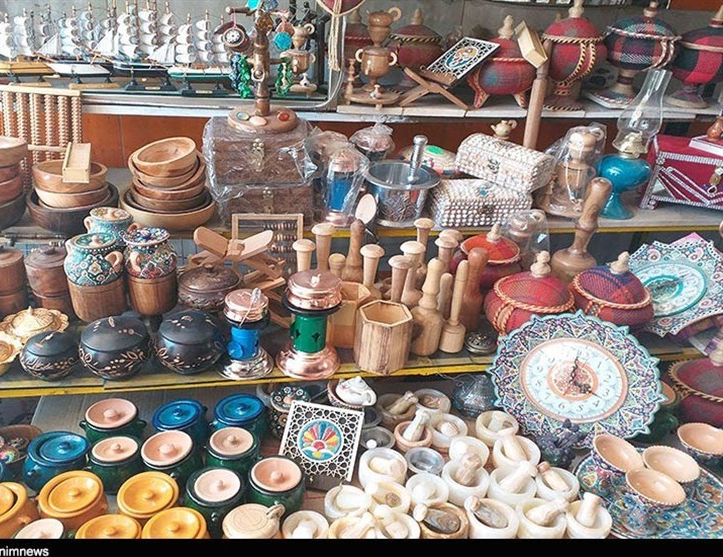
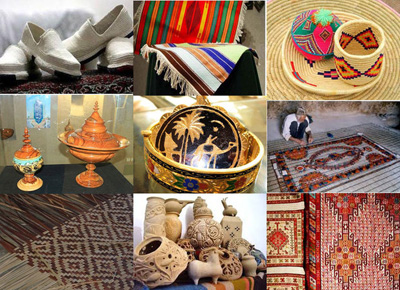
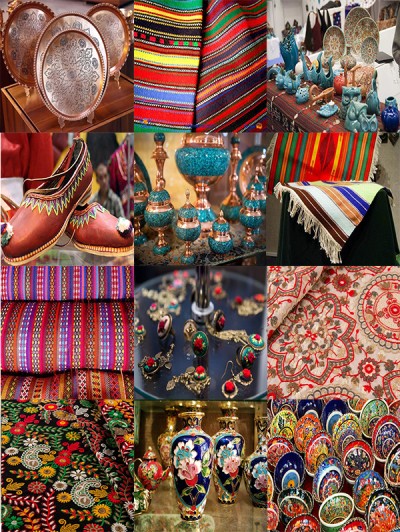



Choose blindless
Red blindless Green blindless Blue blindless Red hard to see Green hard to see Blue hard to see Monochrome Special MonochromeFont size change:
Change word spacing:
Change line height:
Change mouse type:
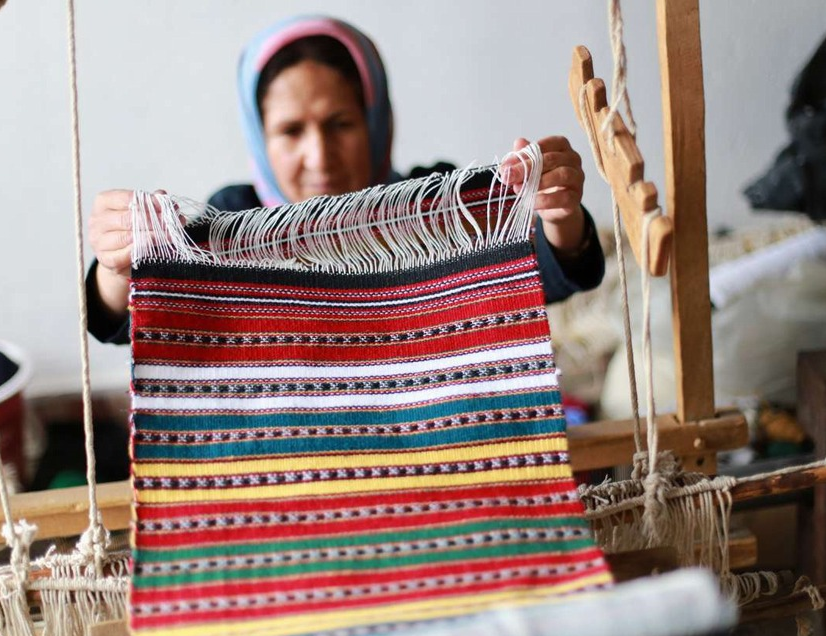
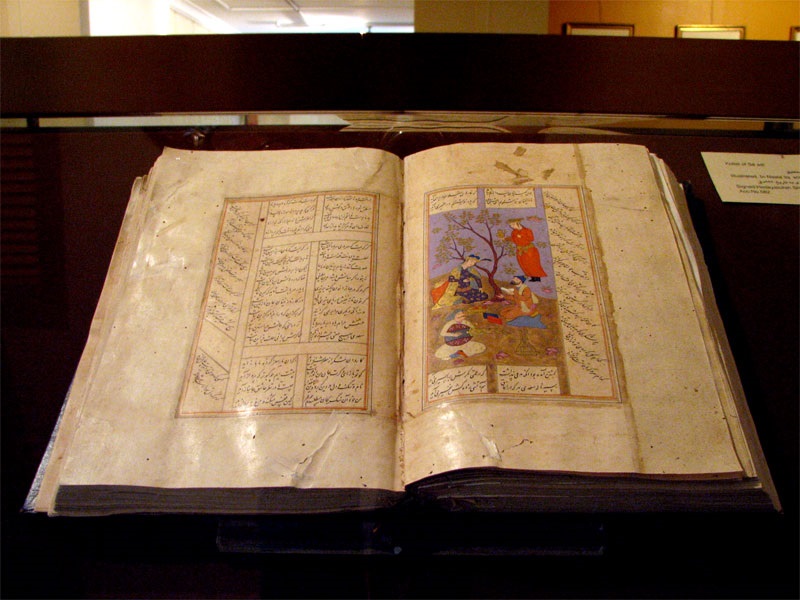
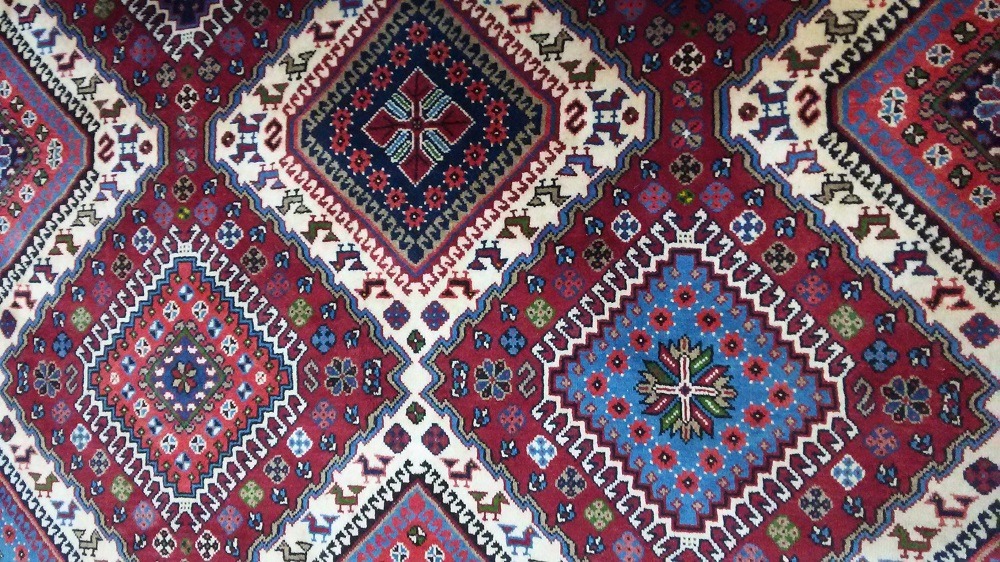
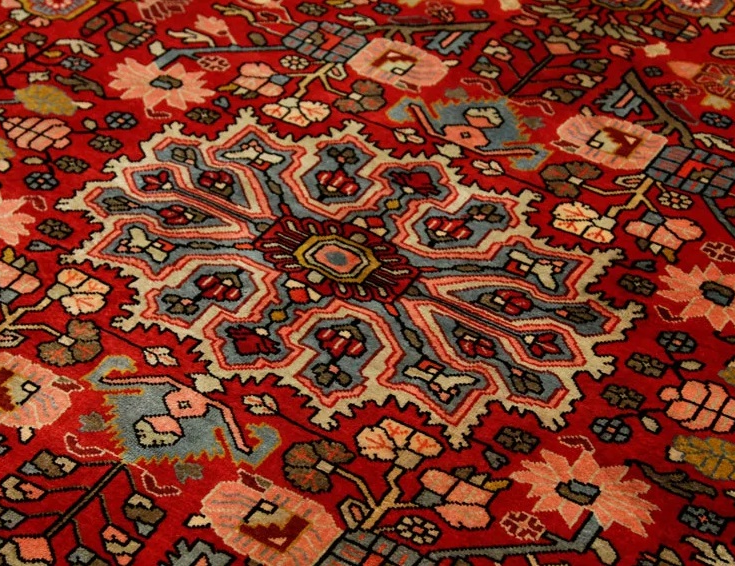
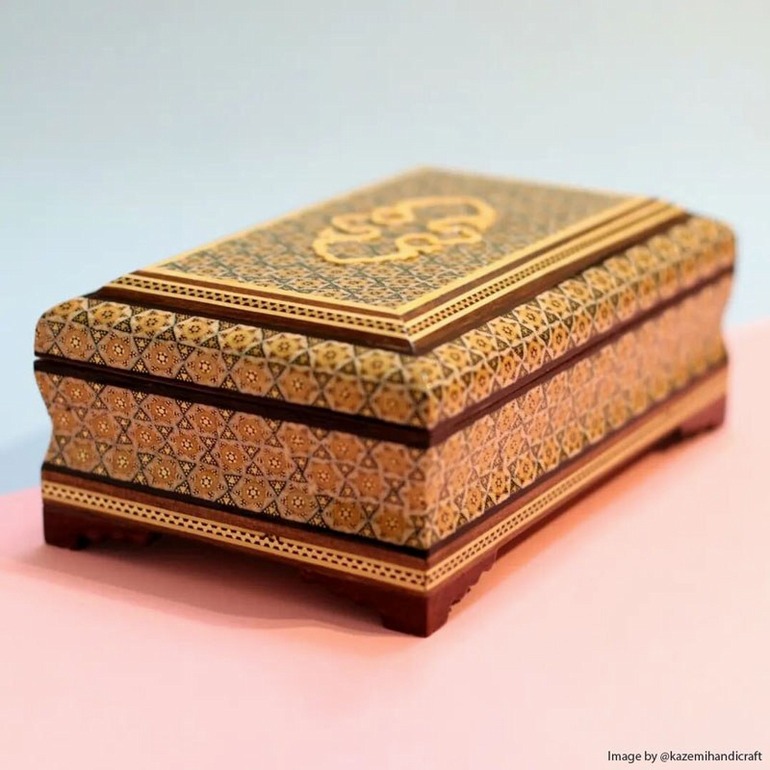
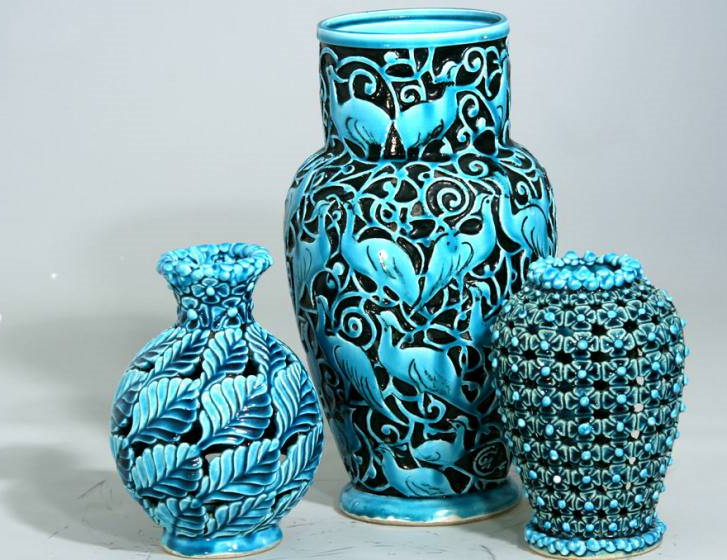
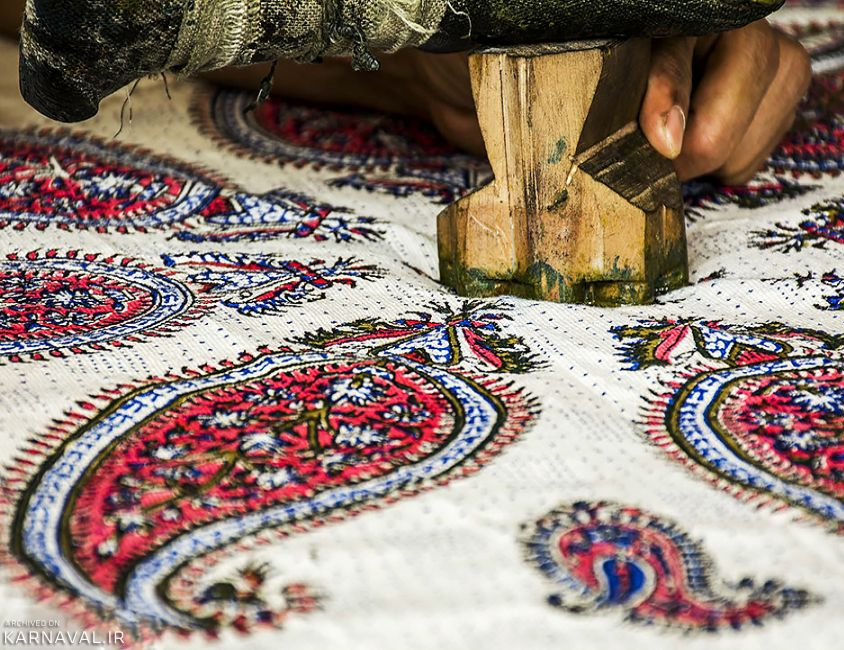
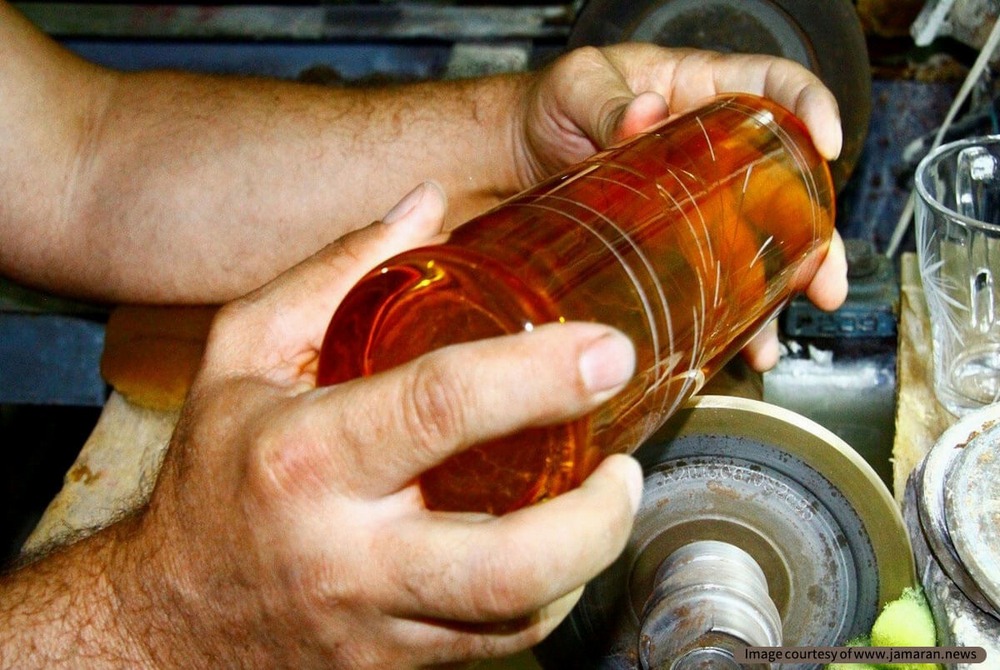
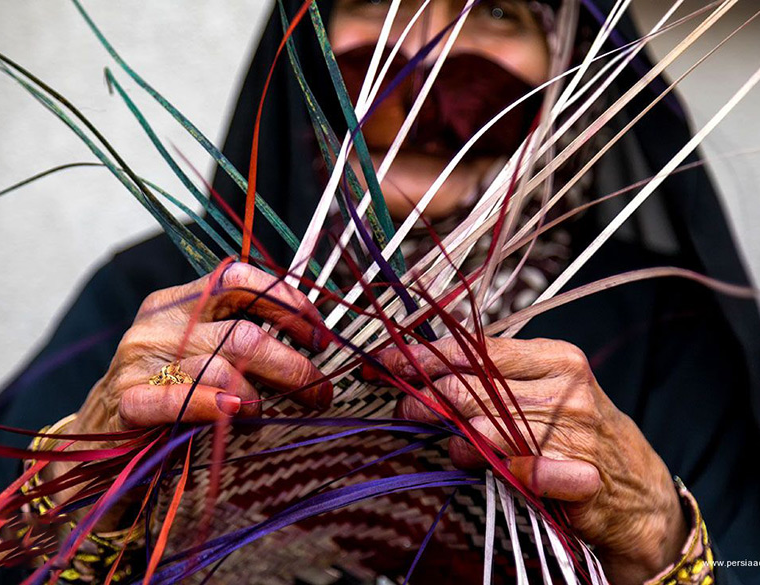
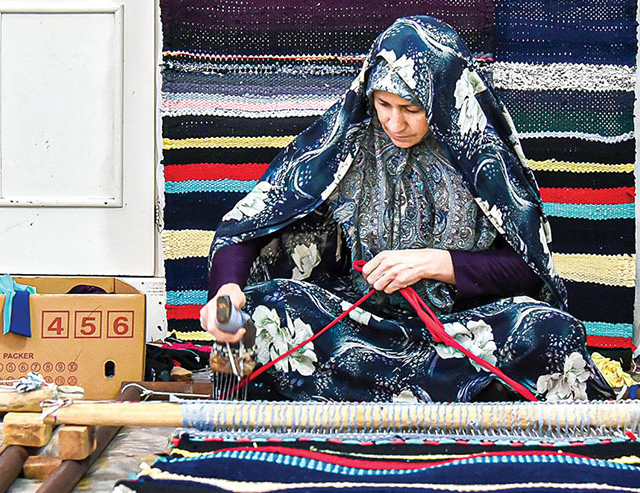
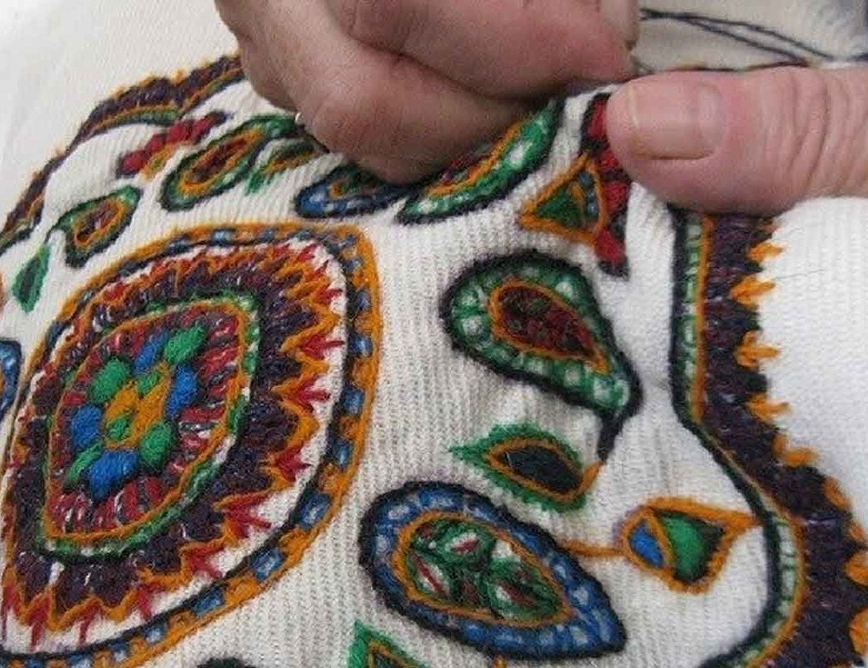
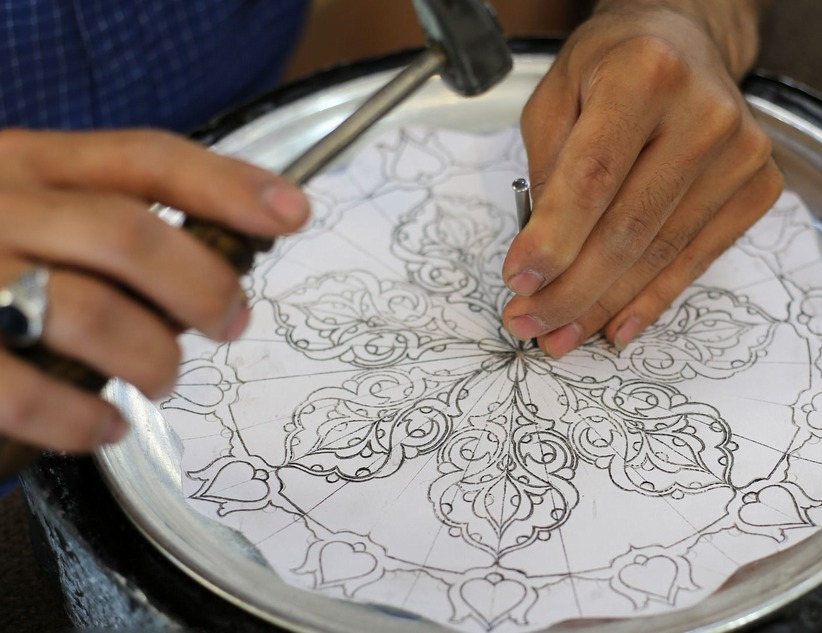
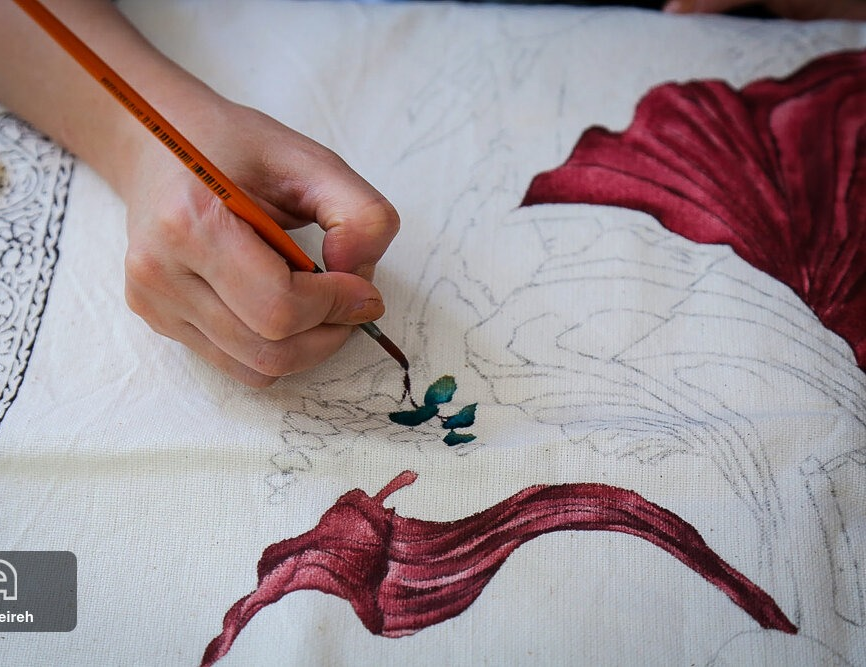
_crop_2.jpg)
